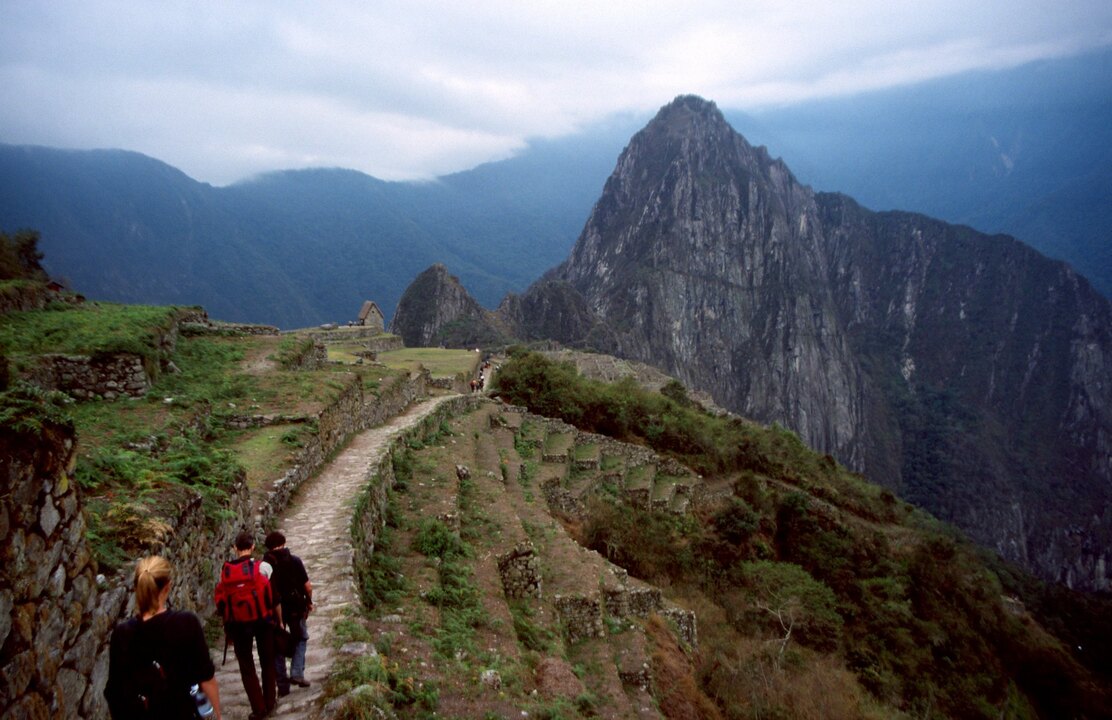The ancient remains located on the Inca Trail were of high importance for the Inca civilization and helped scientists to discover more about the Inca culture. Don't miss the chance to be one of the few visitors that explore this hidden and well-preserved Inca road!
The Incas were a prominent civilization in the Andes and their empire was one of the most powerful in all of the Americas. It spanned from the northern regions of Ecuador to the central areas of Chile, with its capital city being Cusco, also known as the "center of the world". The Incas worshipped the Sun, which was their primary deity.
According to the Inca myth of origin, Inti (the sun) sent two of his children—Manco Capac and Mama Ocllo—to bring order and civilization to humankind. The pair emerged from Lake Titicaca and headed north to find a city. The city was Cusco, and their path was the first Inka Road.
The Inca civilization is renowned for building the largest empire in the history of the Americas, their sophisticated agricultural practices, and their artistic and architectural style that seamlessly blended geometric stonework with the surrounding environment. The native cultures of Peru accomplished extraordinary feats in water management, utilizing natural resources in a sustainable manner, and domesticating native crops, animals, and developing a vast knowledge of medicinal plants. These advancements served as crucial foundations for the formation and growth of the mighty Inca empire, which stretched across the Andes mountain range, connected by a network of roads and routes that connected the coast, the highlands, and the jungle.
To truly appreciate the significance of the fundamental environmental services provided by the diverse ecosystems of the Andes, it is essential to first understand the Andes as the cornerstone of Peruvian geography. This encompasses valuing the wisdom of the ancients, the natural beauty of Peru, and its rich cultural and ethnic diversity.
As Alejandro Balaguer - an important photographer, journalist, and documentary maker - commented at his photographic exhibition: "With the secret Andes I want to pay homage to the extraordinary nature and the peoples of the eight natural regions of Peru that, over millennia, managed to structure a rich, diverse and successful culture throughout the great mountain range". Balaguer held an exhibition of his works, including shots of the different ecological environments that Peru has from Puna or Jalca (4,000 to 4,500 masl); of the coast and the jungle respectively.
A road network of intertwined roads called the Qapac Ñam united different ethnic groups, integrated towns, and ecosystems connected between the Andean peaks, the Amazon plain, and the desert coast until reaching an extraordinary level of evolution. From northwestern Argentina and Chile to southern Colombia, the Tawantinsuyu (Quechua word that means "the empire of the 4 regions") articulated paths that defied all climates and landscapes, bringing progress and development.
Water engineering structures -such as aqueducts, cultivation platforms, and reservoirs- denote the achievement of sustainable, successful, and evolved cultures, which is very evident in various archaeological sites with rich architecture, as well as in the living Andean-coastal-Amazonian culture that still retains that wisdom in union with nature.
The ancient Peruvians of the three major regions formed by the Andes Mountains exemplified a truly sustainable development in pre-Columbian America. Their accomplishments serve as a model for modern times, as we strive to return to a harmonious relationship with the Earth and restore ecosystems damaged by human expansion.

